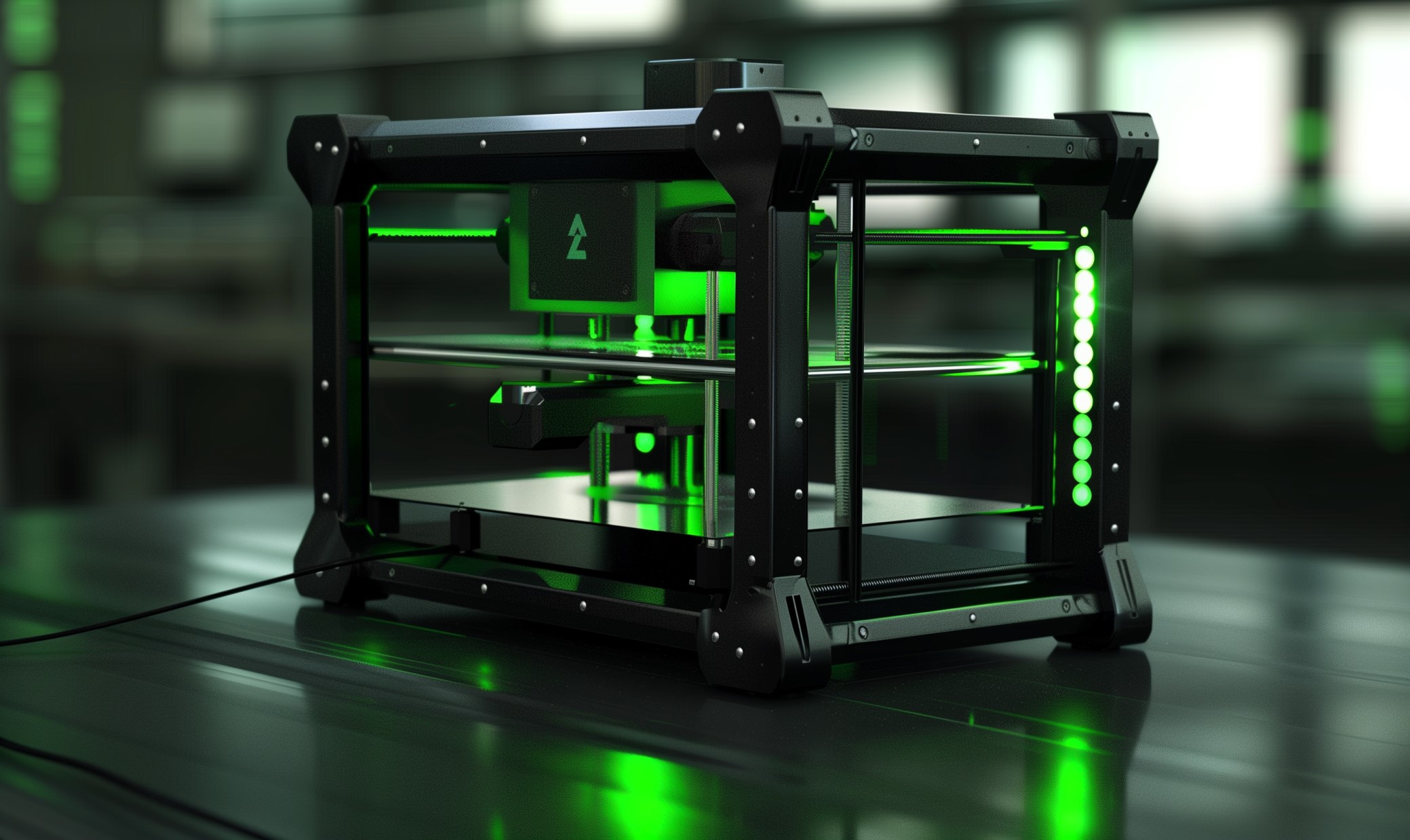In an ideal world, we would just flip a switch and enter productive mode, where our brain automatically blocks distractions and zeroes in on the task at hand. Unfortunately that’s only a sci-fi fantasy, though there are a variety of realistic methods you can use to increase productivity. Several of these methods are even backed by scientific research, making pursuing them among those struggling with productivity a no-brainer.
1. Narrow Your Focus
Some have the misconception that productivity will increase with more tasks on your plate. The opposite is true, actually, to the point where multitasking can be a severe detriment. Jumping from task to task can make you lose focus on the task at hand. According to Gloria Mark, a professor of informatics and expert of digital distraction at UC Irvine, it can take a worker around 23 minutes to return to a task after being thrown off focus or switching to another task. Clearly, it’s better to handle one task at a time.
As a result, multitasking can certainly play a role in decreasing productivity. In a Stanford study published in 2009, it was found that those who multitasked struggled to recall information, switch between different tasks and pay attention. “When they’re in situations where there are multiple sources of information coming from the external world or emerging out of memory, they’re not able to filter out what’s not relevant to their current goal,” said Stanford associate professor of psychology Anthony Wagner. “That failure to filter means they’re slowed down by that irrelevant information.”
2. Take a Break
Short and long breaks alike play a great role in preparing your mind and body for the work ahead, increasing the chances you’ll be productive. The Pomodoro Technique, as well as others that promote chunks of work and small breaks every once in a while, have been scientifically proven to be effective.
Specifically, using time-tracking and productivity-measurement apps, The Muse found that its most productive users worked for 52 minutes at a time and then took a break for 17 minutes, on average. They treat their working times as sprints, working intensely during that period before taking a short rest to prepare for the next burst. It’s the working equivalent of high-intensity interval training.
3. Put on Background Music
Music can contribute greatly to a boost in productivity and focus. The actual music will vary per individual, as not everyone can work productively while listening to metal music. What’s important is that it’s something you enjoy and are relatively familiar with. The University of Windsor’s 2005 study found a link between background music and increased focus at work, revealing “the value of music listening for positive mood change and enhanced perception on design while working.”
If no music seems to be working for you personally in boosting productivity, use low-level ambient noise. Music from ambient drone artists like Stars of the Lid and William Basinski work well for focus, as well as classical music. Just fire up Spotify or your streaming source of choice and give it a go.
4. Turn Off Your Phone
While in the midst of work bursts, make sure to turn off your phone. Even a single buzz from a test message can impact focus. Save personal communication for self-imposed break periods that happen every hour or so. If you’re working on a task for an hour or so, then you will have plenty of time to make a phone call or text afterward. While working, keep phone calls and text notifications to business contacts only. Harvard Business Review has already found a comprehensive link between phone buzzing/notifications and a sap in productivity.
5. Set and Meet Realistic Deadlines
Even if your employer provides a specific deadline for a task, they’re likely not immediately aware of what else is on your plate, both professionally and personally. As a result, it’s up to you to manage and prioritize tasks, ensuring you can complete them on time with the proper individual focus, even if this means setting a premature deadline.
Setting deadlines can help people control procrastination. Preferably, try to set a deadline as soon as possible when receiving a task. This way, you will have a firm grasp of your entire plate of tasks, making it easy to relegate and prioritize future tasks as well without feeling overwhelmed. Keeping track of your deadlines on a spreadsheet is a great way to maintain order and cohesion, as well.
Need ways to be more productive? Setting habits to enforce positive productivity may take some time getting used to, but once they’re in place the improvements will be very noticeable.
Recent Stories
Follow Us On
Get the latest tech stories and news in seconds!
Sign up for our newsletter below to receive updates about technology trends














